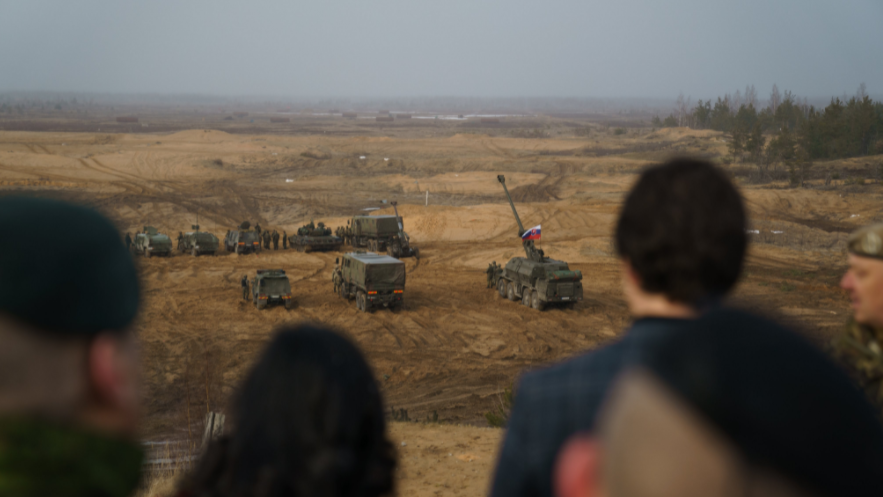This week, NATO Secretary General Jens Stoltenberg stated: “Allies need to invest a minimum of two per cent of GDP on defence.”
With the Russian invasion of Ukraine Stoltenberg’s call has increased traction, but what’s the thinking behind this metric?
First, some numbers from Canada.
According to NATO, Canada spends about 1.39 per cent of its GDP on the military. In 2020-21, that was about $23.3 billion.
In 2020, the gross domestic product in Canada was around 1.64 trillion U.S. dollars or approximately CAD $2.08 billion.
As such, two percent would bring the budget to about $41.6 billion per year.
Several years ago, the Trudeau government promised to increase military spending to $32.7 billion by 2026/27.
Now, Defence Minister Anita Anand says: “I personally am bringing forward [to cabinet] aggressive options which would see [Canada], potentially, exceeding the two per cent level, hitting the two per cent level, and below the two per cent level.”
Next, the federal budget is expected in the first week of April.
That’s when we might learn if the Trudeau government will move to that two per cent threshold and spend another $20 billion a year on the military.
But what is the basis for the two per cent calculation? Why does that make sense? Why a calculation based on a percentage of the GDP rather than a clear articulation of need and a calculation of what that would cost in dollar figures?
The two per cent figure comes from a NATO summit in September 2014 where member countries pledged to increase their spending that number by 2024.
But Carnegie Europe has commented: “Serious doubts have been cast over the value of two percent as a useful metric.”
It further notes: “The most frequent and perhaps most substantial critique leveled against it is that it measures input instead of output. Spending at two percent says very little about a country’s actual military capabilities; its readiness, deployability, and sustainability levels; and the quality of the force that it can field.”
And it says: “A weakness of the two percent metric [is] that it is such an arbitrary standard. Why two percent, and not three or five or 1.5? A convincing answer cannot be found.”
Does this mean we could see a $20 billion increase in Canadian military spending based on “an arbitrary standard”? It would seem so.
It would also seem that much of this is driven by Putin’s invasion of Ukraine.
But again, let’s look at the numbers.
In April 2021, the Stockholm International Peace Research Institute (SIPRI) reported that Russia’s military budget in 2020 was $61.7 billion.
In comparison, the United States spent $778 billion.
Spending by Canada ($22.8 billion), Italy ($28.9 billion), Spain ($17.4 billion), the Netherlands ($12.6 billion), Belgium ($5.5 billion), France ($52.7 billion), Germany ($52.8 billion) and the United Kingdom ($59.2 billion) totalled $251.9 billion.
So even without the U.S., spending by just eight other NATO countries was four times bigger than the Russian military budget.
If the Russian aggression against Ukraine is now the pressing rationale for increasing NATO spending, what multiple is needed for security?
Twenty times bigger?
Saying that might sound less politically palatable than the two per cent threshold.
And if two per cent is an appropriate metric, will we see the United States (now spending 3.7 per cent of its GDP on the military), not to mention Saudi Arabia (at 8.4 percent) and Israel (at 5.6 per cent) massively reduce their military spending to that level?
Not likely.
Lastly, let’s look at some recent history.
Canada spent at least $18 billion on the war in Afghanistan.
Less than seven months after the U.S. withdrawal from that country (where it spent $2.3 trillion or about $300 million a day on war over two decades), we are again seemingly being told that more military spending is the answer.
And in these past weeks we have seen the stocks of arms companies soar with shares in Raytheon Technologies up nearly 8 per cent, General Dynamics up 12 per cent, and Lockheed Martin, the world’s largest defence contractor, up 18 per cent.
Clear thinking about all of this is needed especially in the fog of war and a 2 per cent threshold does not offer that guidance.




